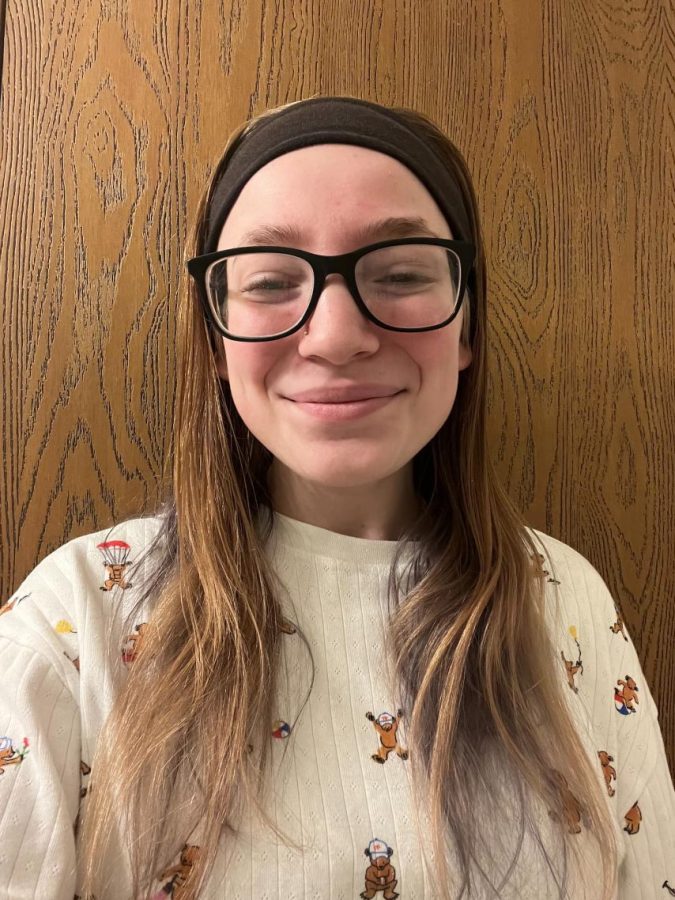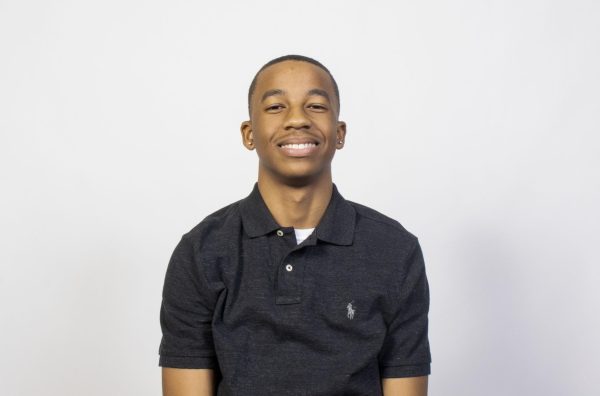Environment biology major describes her experience in the field
Destiny Smith, a junior environmental science major, poses for a picture.
January 25, 2023
Destiny Smith, a junior environmental biology major, started off her scientific career path when she was in high school.
She took a zoology (the study of animals) class that she was ‘obsessed with’.
When she first came to Eastern, she majored in math education. After some time, she realized that she no longer wanted to pursue an education in this field and switched to biology. She thought she wanted to teach initially, but after taking some classes she realized that was not the career path she wanted for herself, and did not have much interest in general biology. After some time, she later switched her major again to environmental biology.
Smith describes environmental biology as focusing on animals and plants and how that side of biology interact amongst each other.
“[It’s] like the facts of human life against plant or animal life, even though humans are animals,” Smith said.
Smith said that she has always had a passion in the scientific field especially with animals and plants.
Smith currently takes a cellular molecular biology course that requires her to participate in labs on Tuesdays and Thursdays.
Recently, Smith conducted a lab where her and her classmates took DNA and did different things with it, such as subjecting it, putting it in different temperatures, and put it in a centrifuge, which is basically a shaker, as Smith described.
Smith broke the DNA in half so she can modify it and then she put it in different types of genes which is neon green colored, which can be found in fishes in the sea.
Scientists have found ways to use this gene in mice, according to Smith, and that is what they were trying to accomplish.
Smith is still in the process of completing this experiment.
Last semester, Smith was a part of an internship at Whiteside Garden, which is in Charleston, which is in connection with another nature foundation called Douglas Heart, which is in Mattoon.
While there, Smith did a lot of horticulture, which is the management of gardens.
Smith went into depth about how particular everything needs to be.
“There’s plants that are invasive,” Smith said. “If they are put just straight into the ground, they’ll spread everywhere. At Whiteside, when we would use Invasive plants or plants that like to spread like that, we would put it in a separate pot.”
Smith also said that there were a bunch of bathtubs at Whiteside that acted as big flowerpots.
The look of what the garden looks like is an important factor as well.
Apart from what would destroy the garden, it’s all up to the creator as to what the garden would look like.
The way the plants would bloom, or how different colors would look next to each other, or how they would bloom. Then after having an idea of where everything would go, they would execute the plan and put it all together.
Smith still has a passion for zoology. She has ideas of taking part of zoology graduate program in graduate school.
Cam’ron Hardy can be reached at 581-2812 or at [email protected]




















































